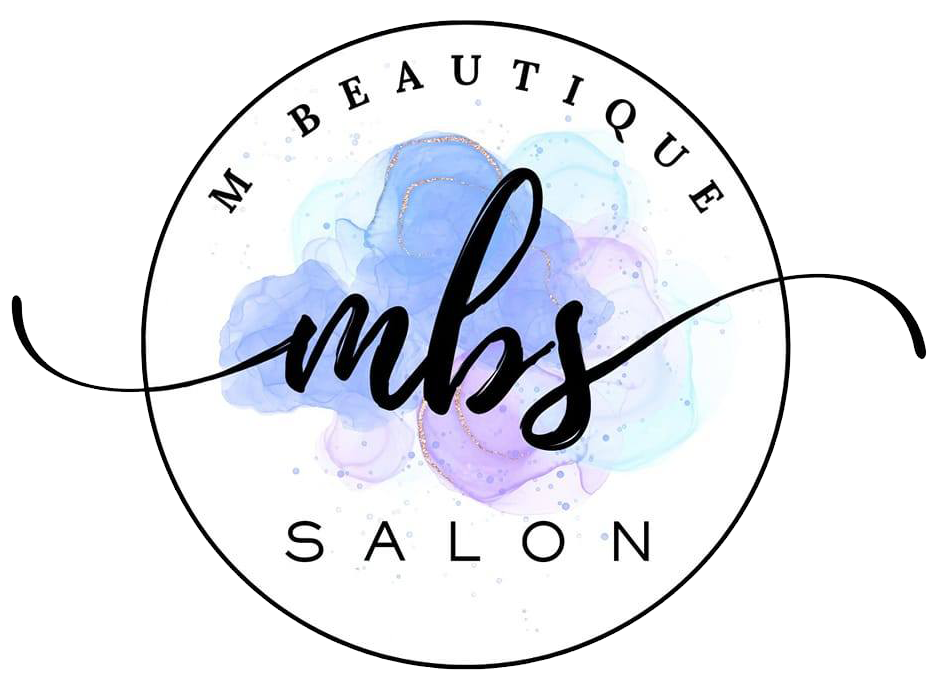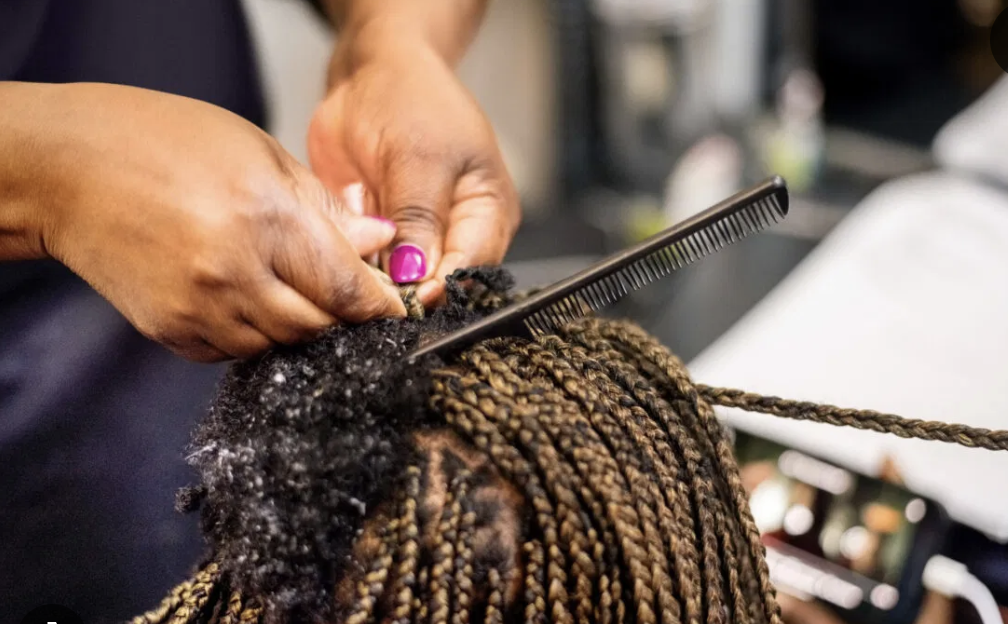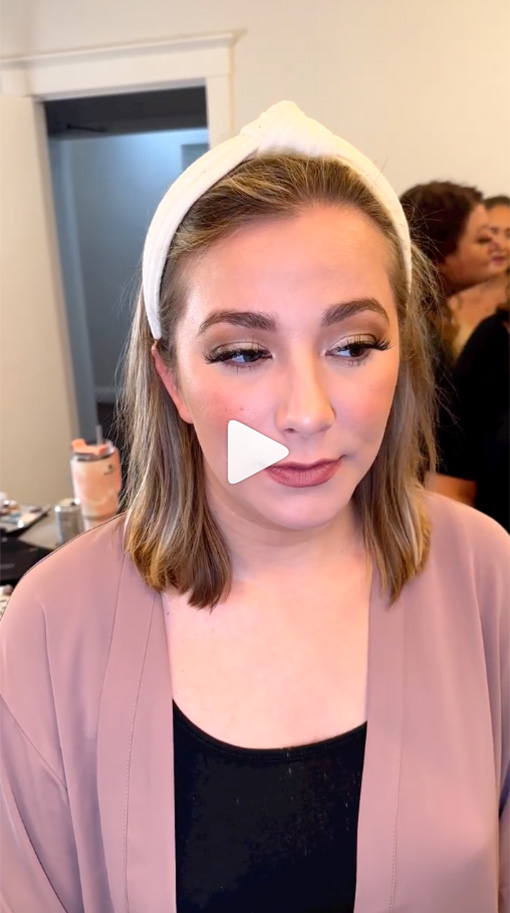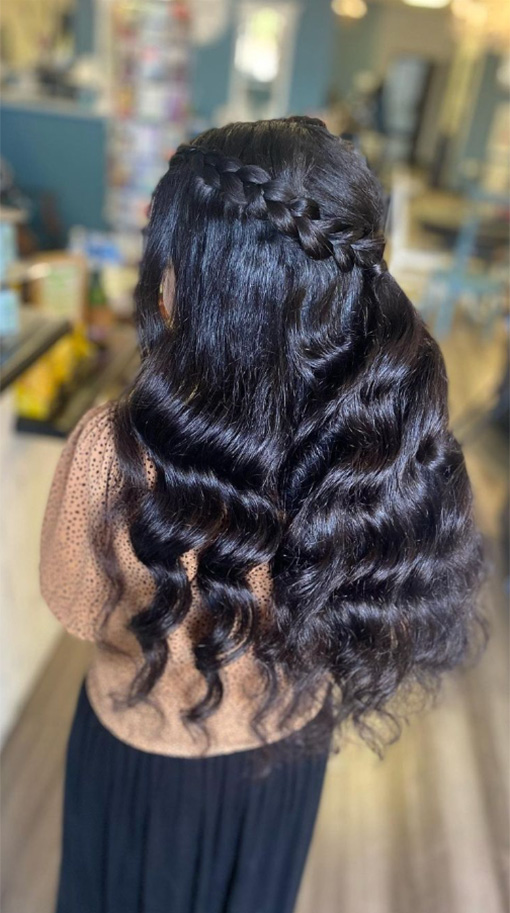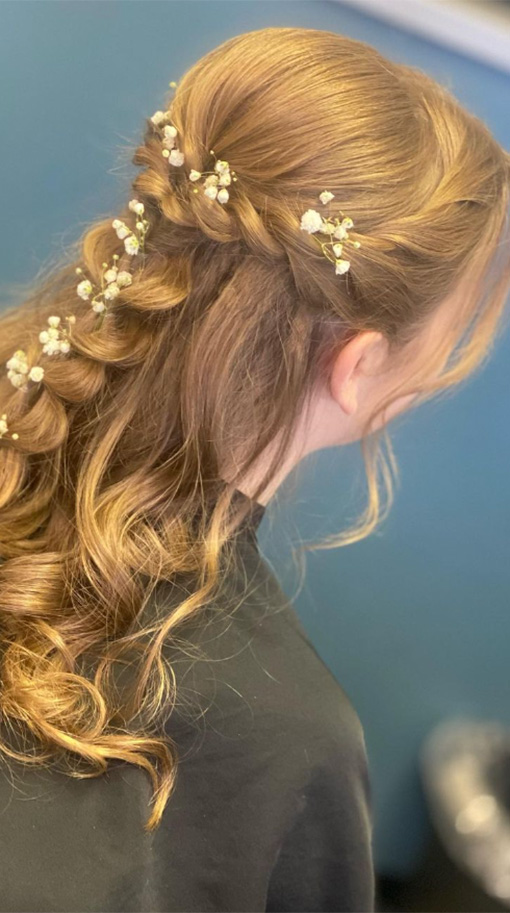Understanding hair growth isn’t just about vanity; it’s a window into the complex world of human biology. Each strand of hair on a person’s scalp is proof of an intricate process involving growth cycles and cellular activity. Hair growth occurs in distinct stages, starting with the anagen phase, which is the period of active growth, and can last several years. During this time, hairs can grow at a rate that can be less than half a millimeter a day, but averages out to about 1 cm per month according to the Trichological Society. It’s a slow but steady process that keeps the hair on one’s head renewing itself regularly.
Hair isn’t just a human trait for aesthetics, it’s also been historically protective, keeping our ancestors warm and shielding them from environmental hazards. But beyond its past survival advantages, hair growth today continues to be a subject of medical and cosmetological interest. Whether someone is looking to maintain a lush mane or seeking ways to address hair loss, understanding the biology of hair is fundamental. In the simplicity of a strand of hair, there’s a complex dance of proteins and growth factors at play, influencing how quickly and how much hair one grows.
Contemporary research has made leaps in understanding how hair regenerates. This includes delving into treatments that could enhance hair growth, such as the use of microneedling in combination with growth factors, which has been shown to be effective in increasing hair counts in treated areas of the scalp. Medical science has also unearthed critical insight into the role of stem cells in the hair growth cycle, residing in a follicle niche known as the bulge and driving the regrowth process. These findings not only demystify how hair grows but may eventually pave the way for innovative treatments for those experiencing hair loss.
The Anatomy and Phases of Hair Growth
Hair growth is a complex process that involves a specific structure and a cycle consisting of distinct phases. For anyone curious about the science of hair, it’s essential to understand how hair is constructed and how it evolves through its life cycle.
Understanding Hair Structure
Hair is composed mainly of a protein called keratin. Each strand of hair consists of three layers: the cuticle, cortex, and medulla. The hair shaft is the visible part of the hair that grows above the scalp, while the hair follicle is the living part buried beneath the skin’s surface. It’s within the follicle where the hair receives nutrients and can also be influenced by hormones.
- Cuticle: The outermost layer protects the inner layers with overlapping scales.
- Cortex: This middle layer contains the majority of the keratin and dictates hair color and texture.
- Medulla: The central core, present in some hair types, may affect the hair’s strength and structure.
Hair Growth Cycle Explained
The hair growth cycle is divided into three main phases: anagen, catagen, and telogen. A fourth phase, called exogen, is sometimes mentioned in reference to hair shedding.
- Anagen Phase (Growth Cycle): This is the active growing phase, where hair cells multiply and the hair shaft is created. Hair spends a significant amount of time in the anagen phase, especially on the scalp, where it can last for years.
- Catagen Phase (Transition): Hair growth slows, and the follicle shrinks. This phase lasts for about two to three weeks.
- Telogen Phase (Resting Phase): The follicle remains dormant for about one to four months. At the end of the telogen phase, the hair is shed, and the follicle reenters the anagen phase to begin the cycle anew.
The growth rate and the time each hair spends in the phases of the cycle can vary based on the location on the body, genetic factors, and overall health. The understanding of these structures and phases is vital in addressing hair-related concerns and maintaining hair health.
Factors Influencing Hair Growth and Health
Understanding the factors that impact hair growth and health is crucial. These factors range from genetic and hormonal influences to the effects of nutrition and day-to-day hair care practices.
Genetic and Hormonal Roles
Hair growth is significantly influenced by one’s genetic makeup, which determines traits like density, color, and texture. Hormones, particularly androgens, play a vital role in regulating the hair growth cycle, and imbalances can lead to conditions like androgenetic alopecia, affecting both men and women. Factors such as age and sex also interact with hormonal levels, potentially leading to thinning or balding as individuals grow older.
Nutrition and Lifestyle Impact
Healthy hair growth thrives on a balanced diet rich in vitamins and minerals. Essential nutrients like biotin, vitamin E, zinc, and iron are crucial for promoting healthy hair growth. Stress management is another important lifestyle factor; chronic stress can disrupt hair cycles, leading to shedding or hair loss. Ensuring adequate sleep and hydration supports overall health, which in turn benefits the hair.
Effective Hair Care Practices
Regular hair care routines that avoid harsh chemicals and minimize damage from heat styling tools can prevent hair loss and encourage healthy hair growth. Simple practices like regular trims to remove split ends and scalp massages can stimulate hair growth by improving blood circulation. The use of targeted hair growth products that contain collagen or minoxidil can also be beneficial in supporting a healthy scalp and hair root, ultimately contributing to beautiful hair.
